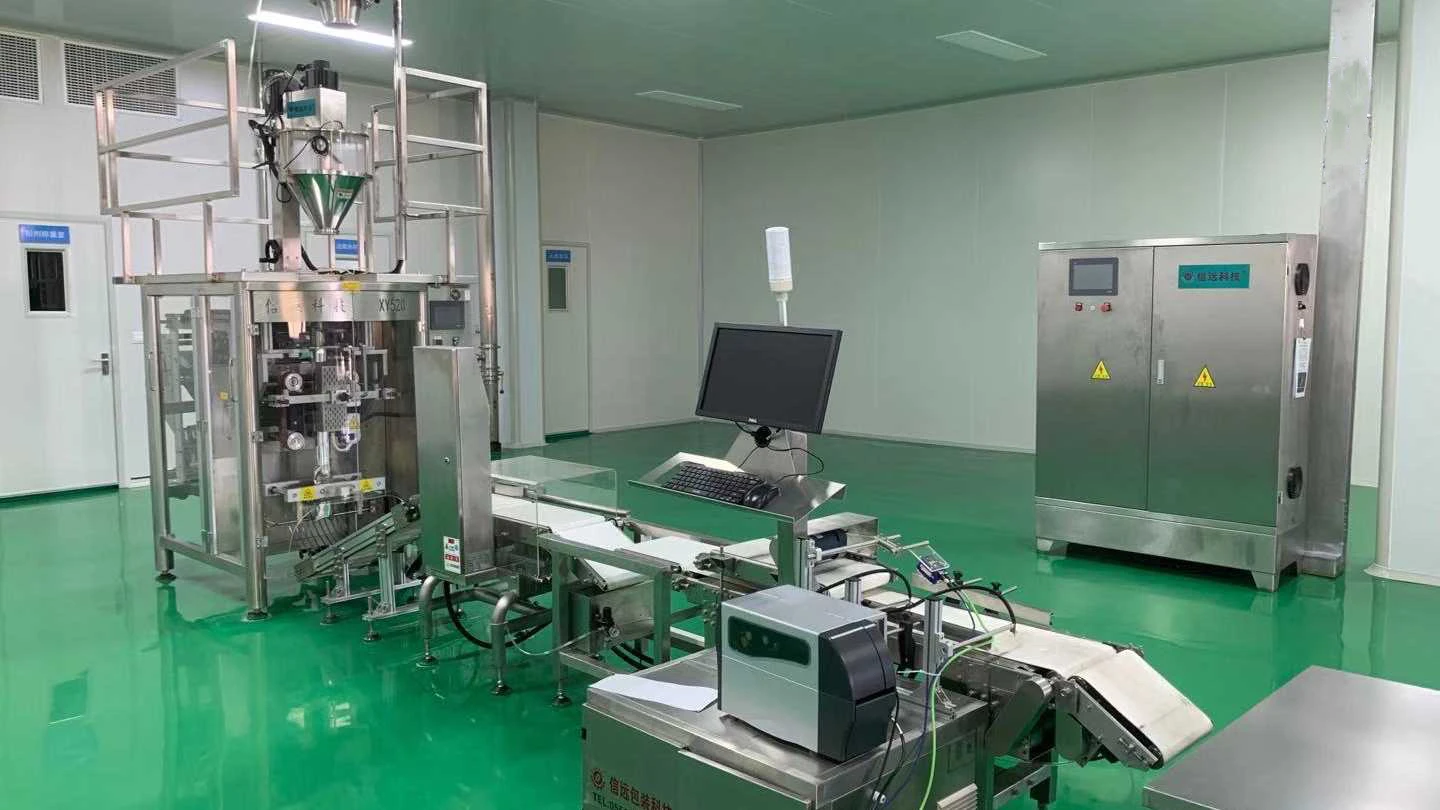- Afrikaans
- Albanian
- Amharic
- Arabic
- Armenian
- Azerbaijani
- Basque
- Belarusian
- Bengali
- Bosnian
- Bulgarian
- Catalan
- Cebuano
- Corsican
- Croatian
- Czech
- Danish
- Dutch
- English
- Esperanto
- Estonian
- Finnish
- French
- Frisian
- Galician
- Georgian
- German
- Greek
- Gujarati
- Haitian Creole
- hausa
- hawaiian
- Hebrew
- Hindi
- Miao
- Hungarian
- Icelandic
- igbo
- Indonesian
- irish
- Italian
- Japanese
- Javanese
- Kannada
- kazakh
- Khmer
- Rwandese
- Korean
- Kurdish
- Kyrgyz
- Lao
- Latin
- Latvian
- Lithuanian
- Luxembourgish
- Macedonian
- Malgashi
- Malay
- Malayalam
- Maltese
- Maori
- Marathi
- Mongolian
- Myanmar
- Nepali
- Norwegian
- Norwegian
- Occitan
- Pashto
- Persian
- Polish
- Portuguese
- Punjabi
- Romanian
- Russian
- Samoan
- Scottish Gaelic
- Serbian
- Sesotho
- Shona
- Sindhi
- Sinhala
- Slovak
- Slovenian
- Somali
- Spanish
- Sundanese
- Swahili
- Swedish
- Tagalog
- Tajik
- Tamil
- Tatar
- Telugu
- Thai
- Turkish
- Turkmen
- Ukrainian
- Urdu
- Uighur
- Uzbek
- Vietnamese
- Welsh
- Bantu
- Yiddish
- Yoruba
- Zulu
nóv . 22, 2024 04:31 Back to list
tylosin phosphate premix
Tylosin Phosphate Premix An Overview
Tylosin phosphate premix is a veterinary therapeutic agent widely used in animal husbandry, particularly in livestock and poultry farming. Tylosin, an antibiotic that belongs to the macrolide class, exhibits a broad spectrum of activity against various gram-positive bacteria, as well as some gram-negative bacteria and certain mycoplasmas. In the form of a phosphate premix, it is commonly incorporated into animal feeds to promote growth, prevent disease, and improve overall animal health.
Mechanism of Action
The primary mechanism of action of tylosin involves the inhibition of protein synthesis in susceptible bacteria. By binding to the 50S ribosomal subunit, tylosin disrupts the translocation process during protein synthesis, effectively halting bacterial growth and reproduction. This action makes tylosin particularly effective against respiratory diseases, enteric infections, and other bacterial infections prevalent in livestock.
Applications in Animal Health
Tylosin phosphate premix is used in a variety of animal species, including pigs, poultry, cattle, and sheep. In swine production, it is often utilized to control swine respiratory disease and prevent post-weaning diarrhea, which can have significant economic impacts on pig farming. In poultry, tylosin helps manage conditions like necrotic enteritis and supports overall gut health.
Moreover, tylosin phosphate has been recognized for its beneficial effects on feed efficiency. By promoting better nutrient absorption and utilization, it not only enhances growth performance in young animals but also reduces the need for higher feed inputs. This aspect is particularly critical given the rising costs of animal feed and the growing concerns regarding the sustainability of animal production systems.
Safety and Regulation
tylosin phosphate premix

Safety is a fundamental consideration when using tylosin phosphate premixes. Regulatory bodies in various countries, such as the Food and Drug Administration (FDA) in the United States and the European Medicines Agency (EMA) in the European Union, oversee the approval and use of such veterinary drugs. Tylosin is classified under the Veterinary Feed Directive (VFD) in the U.S., necessitating veterinary oversight for its use in animal feeds.
The proper administration of tylosin is essential to minimize the risk of developing antibiotic resistance. Overuse or misuse of antibiotics in livestock can lead to the emergence of drug-resistant strains of bacteria, posing a significant risk to both animal and human health. As such, farmers and veterinarians are encouraged to adhere to recommended dosages and withdrawal periods to ensure that residues do not appear in meat or milk products intended for human consumption.
Environmental Impact
The use of tylosin phosphate premix in animal production also raises environmental considerations. The application of antibiotics in livestock can lead to their excretion and subsequent accumulation in the environment, particularly in manure. This can contribute to the development of resistant bacteria in soil and water. Therefore, responsible management practices are necessary to mitigate potential ecological impacts, such as implementing best practices for manure handling and using alternative management strategies that reduce reliance on antibiotics.
Future Directions
As the global demand for animal protein continues to rise, the role of tylosin phosphate premix in livestock production remains vital. Ongoing research focuses on optimizing its use, exploring alternative therapeutic agents, and understanding the implications of its use on microbial resistance. Additionally, the development of precision livestock farming technologies could aid in tailoring tylosin administration to individual animals’ health needs, thereby maximizing benefits while minimizing risks.
In conclusion, tylosin phosphate premix serves as an essential tool in modern animal agriculture. Its effectiveness in promoting growth and preventing diseases solidifies its status as a valuable component of livestock management. However, the responsible use of this antibiotic requires a comprehensive understanding of its implications on health, safety, and the environment, securing both animal welfare and public health for the future.
-
Guide to Oxytetracycline Injection
NewsMar.27,2025
-
Guide to Colistin Sulphate
NewsMar.27,2025
-
Gentamicin Sulfate: Uses, Price, And Key Information
NewsMar.27,2025
-
Enrofloxacin Injection: Uses, Price, And Supplier Information
NewsMar.27,2025
-
Dexamethasone Sodium Phosphate Injection: Uses, Price, And Key Information
NewsMar.27,2025
-
Albendazole Tablet: Uses, Dosage, Cost, And Key Information
NewsMar.27,2025













